1982 Lincoln Small Date What's The Difference Between Copper Or Bronze
 stash
Posts: 1,126 ✭✭✭
stash
Posts: 1,126 ✭✭✭
Anyone know how to tell the difference between the two ?
0
 stash
Posts: 1,126 ✭✭✭
stash
Posts: 1,126 ✭✭✭
Anyone know how to tell the difference between the two ?
Comments
Pretty sure that'd be the same thing..
Can do a "ring test" to separate copper and zinc core ones; the ring test is to flip the coin, and if it rings it's copper, if it doesn't it's zinc.
I was doing some reading at Ngc and they just call it a bronze cent .
Since I'm a variety collector and always looking for the " New Discovery " I think I just found a new DDR .
Using a small gram scale would differentiate between the two (copper and zinc) without possibly damaging the rims using the "flip/drop" method.
The difference between copper and bronze is in the alloying of the metal. Copper is (relatively) pure, whereas bronze (normally) has tin alloyed in with the copper.
BST transactions: dbldie55, jayPem, 78saen, UltraHighRelief, nibanny, liefgold, FallGuy, lkeigwin, mbogoman, Sandman70gt, keets, joeykoins, ianrussell (@GC), EagleEye, ThePennyLady, GRANDAM, Ilikecolor, Gluggo, okiedude, Voyageur, LJenkins11, fastfreddie, ms70, pursuitofliberty, ZoidMeister,Coin Finder, GotTheBug, edwardjulio, Coinnmore, Nickpatton, Namvet69,...
see below
BHNC #203
The 'Pluribus-- L" perhaps.
the others, strike doubling
BHNC #203
It's not MD ( Strike Doubling ) all these early 80s have the same kind of DDRs .
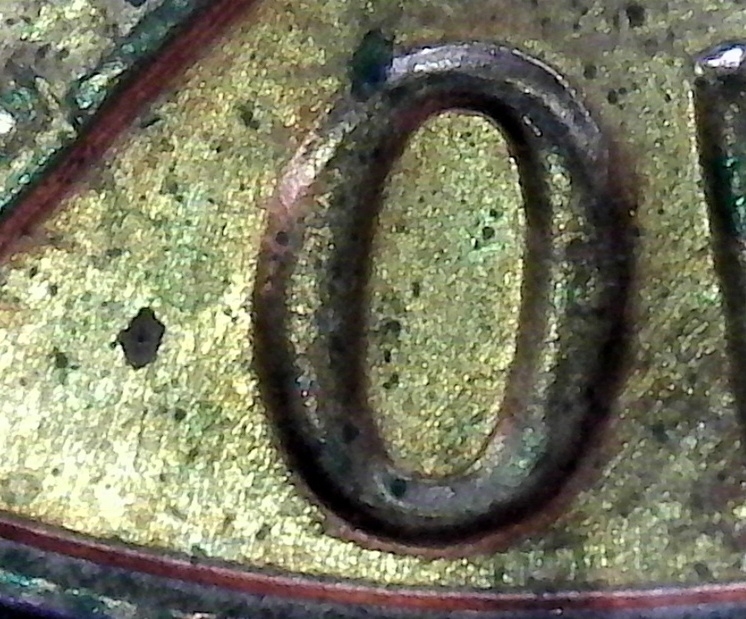
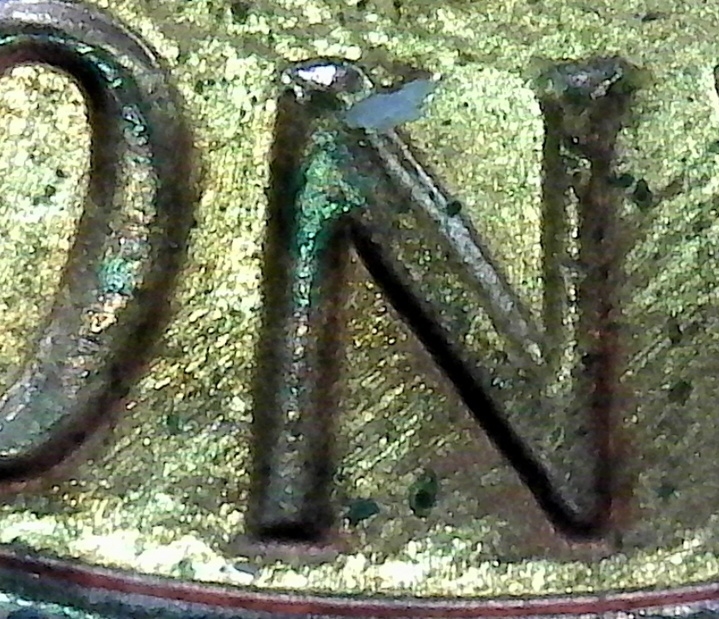
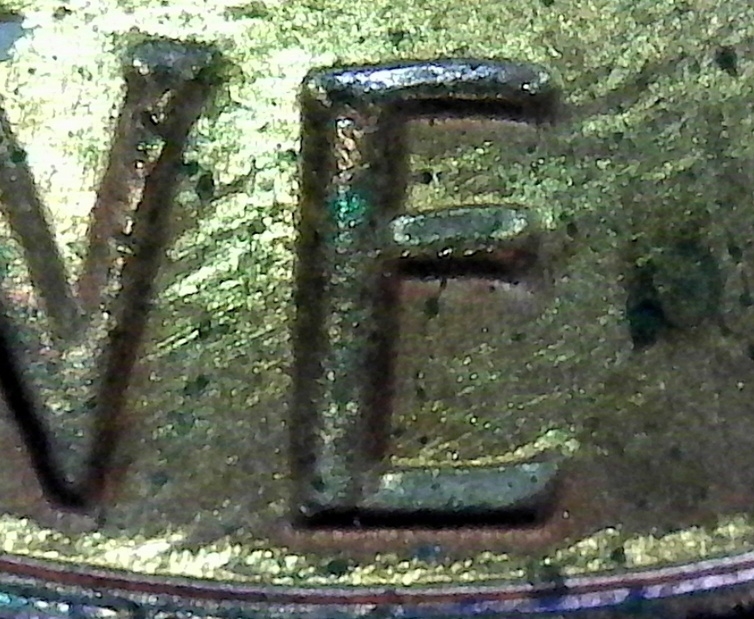
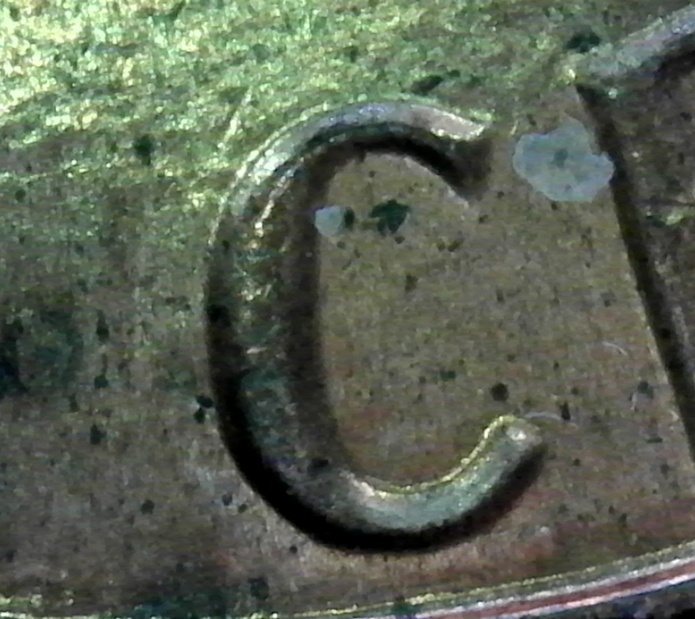
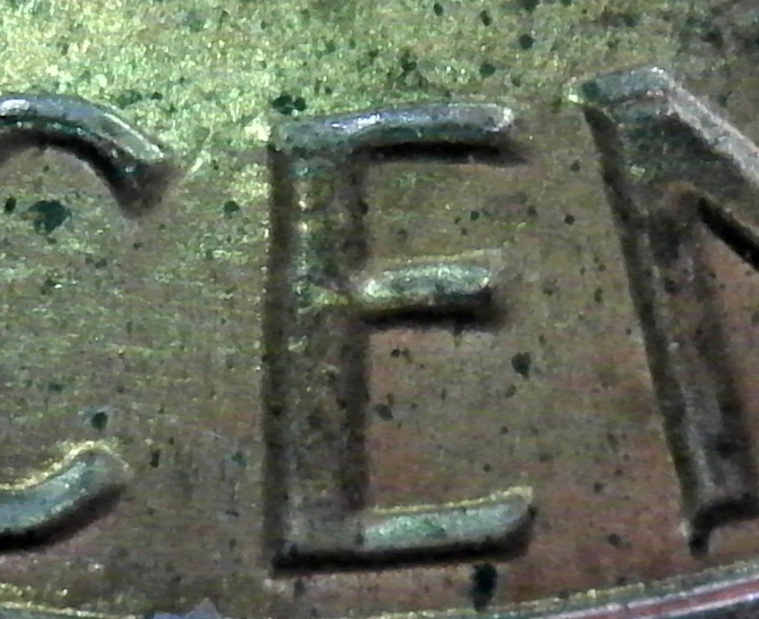
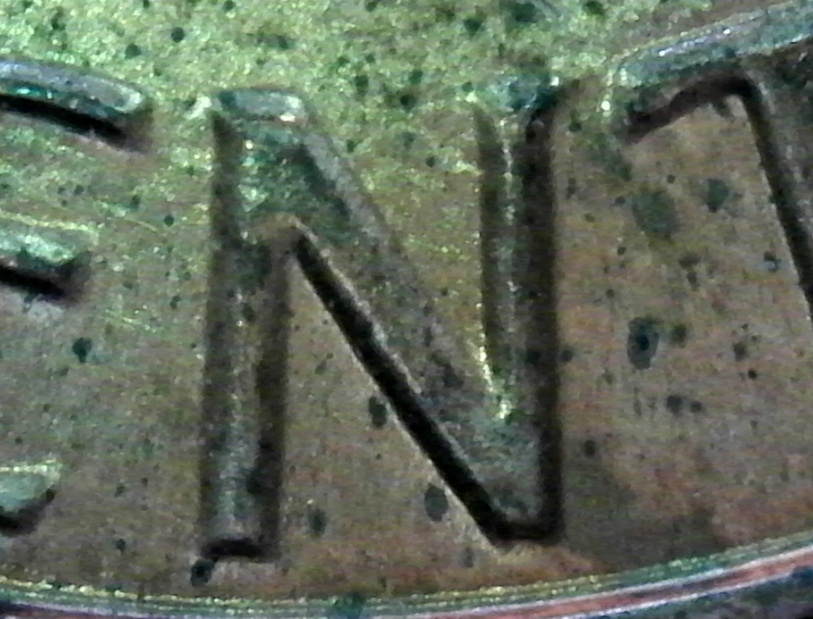
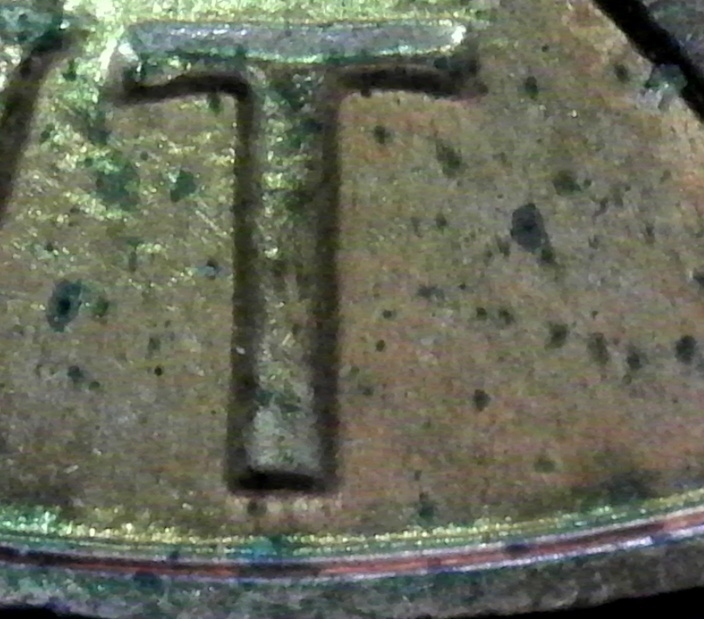
Here's a 84-D I own
http://varietyvista.com/01b LC Doubled Dies Vol 2/1984DDDR001.htm
with the same kind of doubling ..
I suppose "brass" is more accurate because the copper was alloyed with zinc. Prior to 1962 both tin and zinc were alloyed with copper...those years would be bronze.
The '82 and later Zincolns weigh 2.5g, as opposed to the brass and bronze Lincolns at 3.11g. So weighing is an easy way to tell them apart.
Lance.
the brass and bronze Lincolns at 3.11g. So weighing is an easy way to tell them apart.
It's the 3.1 gram, the price guide at Pcgs is quite different, between the copper & bronze .
Not sure I understand. There is no copper, not since 1857. There is bronze (really brass) and copper coated zinc.
Lance.
I'll show you what I'm talking about .
Here's a small date ( 3.1 grams ) and at ms-65 is worth 1 dollar .
http://www.pcgscoinfacts.com/Coin/Detail/3047
Here's a small date ( 3.1 grams ) and at ms-65 is worth 60 dollars .
http://www.pcgscoinfacts.com/Coin/Detail/146020
This is why I asked, how to tell the difference between the two ...